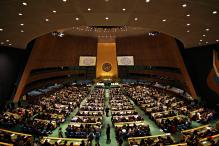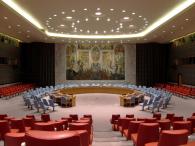This article by Luke Patey, Adam Day, and Sebastian von Einsiedel was first published in The Diplomat. The following is an excerpt.
This year marks 25 years since China and Japan sent their first military contingents on a United Nations peacekeeping mission. In 1992, Beijing and Tokyo’s deployment of engineering units to the UN’s mission in Cambodia was an initial step in East Asia’s peacekeeping engagement. Since then, both countries have become important contributors of so-called “enabler” troops — engineers, logisticians, and medical personnel — to missions in Southeast Asia, the Middle East, and Africa. China in particular has significantly stepped up its engagement over the past 15 years and now ranks among the world’s top 12 contributors of blue helmets. While Japan has recently withdrawn its only peacekeeping contingent from South Sudan, it is alongside China and the United States among the three largest financial contributors to the peacekeeping budget.
However, the firm commitment of China and Japan to UN peacekeeping is increasingly at odds with the trends towards more ambitious UN Security Council mandates, and the growing deployment of peacekeepers into high-risk environments. Both countries have expressed concern that peacekeeping should be based on realistic expectations, and close adherence to core peacekeeping principles. At a time when financial cutbacks are driving reviews of major peacekeeping operations across the globe, and when there is a risk of dwindling commitments by key UN donors, the impact of these trends on Japan’s and China’s respective roles in peacekeeping needs further reflection.


